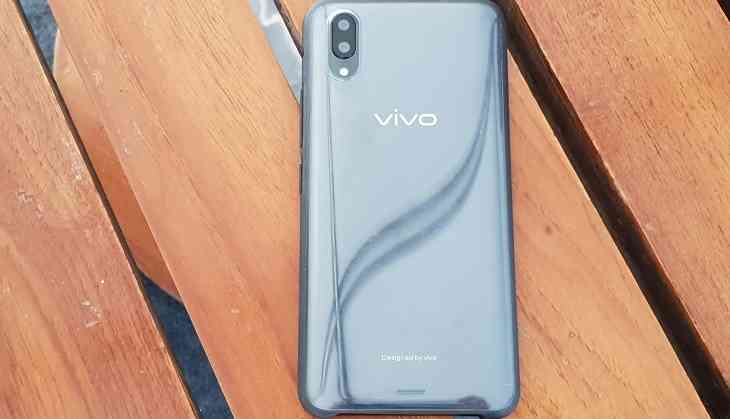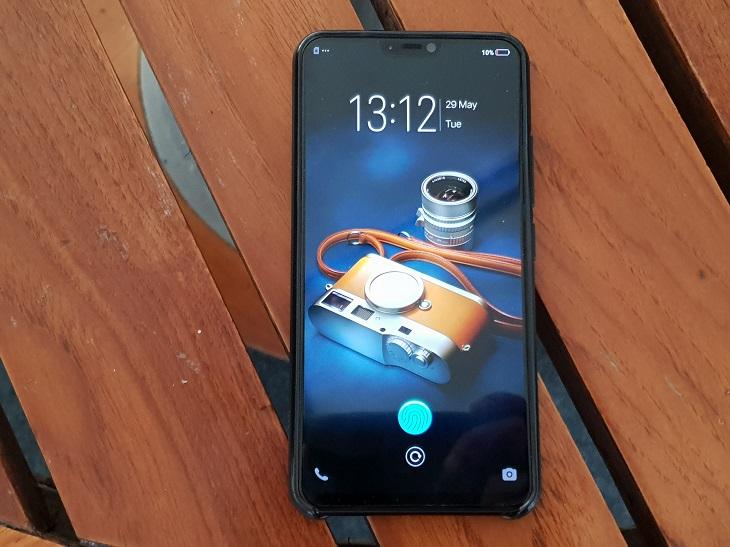Vivo X21 is the the first smartphone in India with an under-display fingerprint sensor

Chinese smartphone manufacturer Vivo was the first company in the world to release a phone with an under-display fingerprint sensor. The phone, Vivo X21 UD, was launched in China in March of this year. On 29 May, the company brought that smartphone to India (after Singapore got a taste of it). They're calling it just the Vivo X21 and it is a Flipkart exclusive. It will retail for Rs 35,990, putting it in direct competition with the recently launched OnePlus 6.
The company held an event in New Delhi and the smartphone was available for purchase immediately after.
The smartphone is the first X-series smartphone to be released in the Indian market. Vivo is proud to be the first to bring the under-display fingerprint sensor technology to India. There is no dedicated fingerprint scanner on this smartphone.
The iPhone X look-alike (yes, there is a notch) comes with a 6.28-inch Full HD+ Super AMOLED display (1080x2280 resolution). It has a full-screen display with a 19:9 aspect ratio. Under the hood, the X21 is powered by Qualcomm Snapdragon 660 processor and comes in either 4GB or 6GB variant and 64GB or 128GB of storage respectively. There is a 3,200 mAh battery and support for fast charging. The storage can be expanded to 256GB via microSD card. As with all smartphones in India, this comes with a dual SIM card slot.
The only downside is that the X21 comes with a microUSB port and not USB-Type C.
The Vivo X21 runs Funtouch OS - based on Android 8.1 Oreo - and will be upgraded to Android P as and when it comes. Vivo X21 is one of the partners for Google’s Android P beta build.
There is a dual-camera setup on the rear of the smartphone. There is a 12-megapixel primary shooter and a 5-megapixel sensor used for depth sensing. On the front there is a 12-megapixel shooter for all those selfies.

In China, the smartphone starts at CNY 2,898 (roughly Rs. 30,000) for the regular 64GB storage variant.
The Vivo X21 is the first commercial smartphone with the fingerprint sensor underneath the screen. That means it’s going to be slow and buggy, more often than not. In my brief hands-on with the smartphone, it took a while to register the fingerprints. Once registered, it took an even longer time to unlock the smartphone. It got better with every touch but is still far behind the speed and accuracy of traditional fingerprint sensors. One has to place their entire finger and not just the tips to get it to work more accurately.
If you don’t like the under-display fingerprint sensor, you can always switch to facial recognition - a staple of smartphones these days - and that works pretty consistently and unlocks the phone without any delay.
What is commendable is the fact that Vivo beat the likes of Samsung and Apple - companies that manufacture on a huge scale - to this technology. That in itself will get Vivo a ton of press going forward.
It’s a technology that is both frustrating and exciting at the same time. The technology is in its nascent stages and is only bound to get better once companies are able to manufacture it on a larger scale.
First published: 30 May 2018, 14:51 IST

